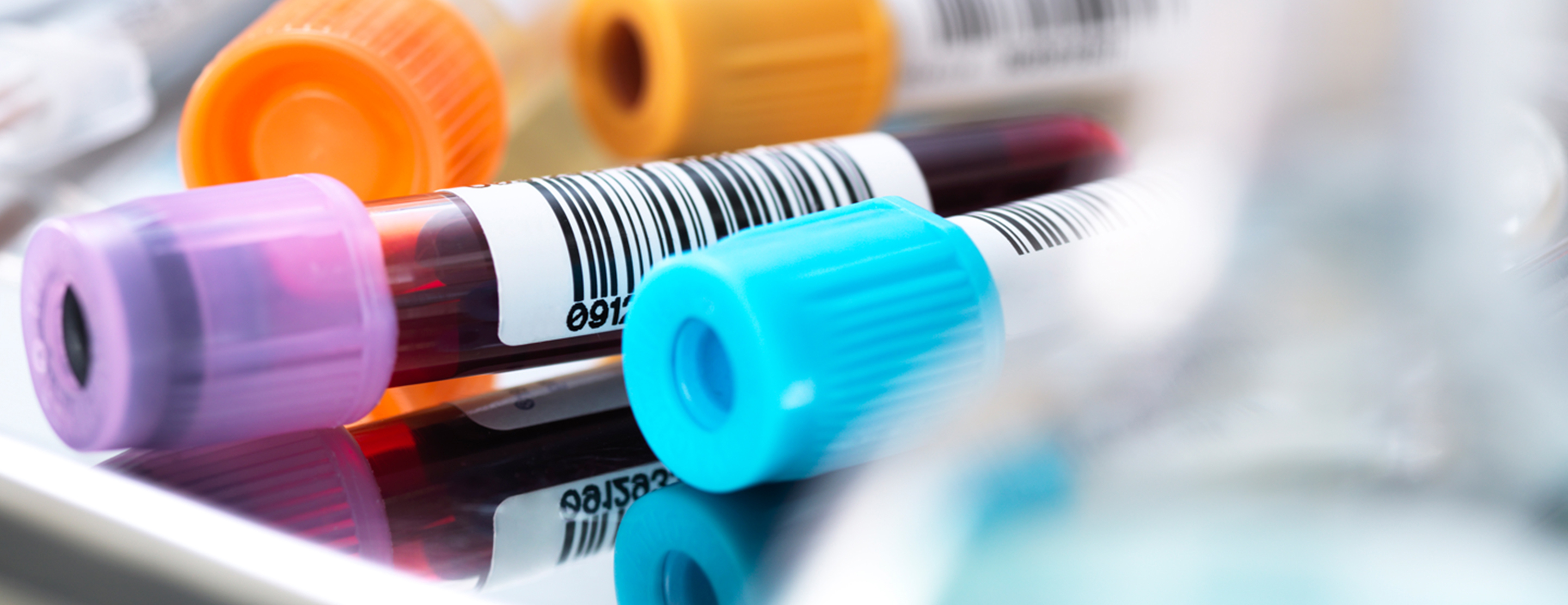
Complement component 3 (C3)
Definition
Complement C3 is a blood test that measures the activity of a certain protein.
This protein is part of the complement system. The complement system is a group of nearly 60 proteins that are in blood plasma or on the surface of some cells. The proteins work with your immune system and play a role to protect the body from infections, and to remove dead cells and foreign material. Rarely, people may inherit deficiency of some complement proteins. These people are prone to certain infections or autoimmune disorders.
There are nine major complement proteins. They are labeled C1 through C9. This article describes the test that measures C3.
Alternative Names
C3
How the Test is Performed
Blood is drawn from a vein. Most often, a vein from the inside of the elbow or the back of the hand is used.
The procedure is as follows:
- The site is cleaned with an antiseptic.
- The health care provider wraps an elastic band around the upper arm to apply pressure to the area and make the vein swell with blood.
- The provider gently inserts a needle into the vein.
- The blood collects into an airtight vial or tube attached to the needle. The elastic band is removed from your arm.
- Once the blood has been collected, the needle is removed. The puncture site is covered to stop any bleeding.
In infants or young children, a sharp tool called a lancet may be used to puncture the skin and make it bleed. The blood collects into a small glass tube called a pipette, or onto a slide or test strip. A bandage may be placed over the area if there is any bleeding.
How to Prepare for the Test
There is no special preparation needed.
How the Test will Feel
When the needle is inserted to draw blood, some people feel moderate pain. Others may feel only a prick or stinging sensation. Afterward, there may be some throbbing.
Why the Test is Performed
C3 and C4 are the most commonly measured complement components.
A complement test may be used to monitor people with an
Complement activity varies throughout the body. For example, in people with
The test may also be done for the following conditions:
- Fungal infections
- Gram negative
septicemia - Parasitic infections, such as
malaria Paroxysmal nocturnal hemoglobinuria (PNH) Shock
Normal Results
The normal range is 88 to 201 milligrams per deciliter (mg/dL) (0.88 to 2.01 g/L).
Note: Normal value ranges may vary slightly among different laboratories. Talk to your provider about the meaning of your specific test results.
The examples above show the common measurements for results for these tests. Some laboratories use different measurements or may test different specimens.
What Abnormal Results Mean
Increased complement activity may be seen in:
- Cancer
Ulcerative colitis
Decreased complement activity may be seen in:
- Bacterial infections (especially Neisseria)
Cirrhosis Glomerulonephritis Hepatitis Hereditary angioedema Kidney transplant rejectionLupus nephritis - Malnutrition
- Systemic lupus erythematosus
- Rare inherited complement deficiencies
Risks
Risks associated with having blood drawn are slight, but may include:
- Excessive bleeding
- Fainting or feeling lightheaded
- Hematoma (blood accumulating under the skin)
- Infection (a slight risk any time the skin is broken)
Considerations
The complement cascade is a series of reactions that take place in the blood. The cascade activates the complement proteins. The result is an attack unit that creates holes in the membrane of bacteria, killing them. C3 attaches to bacteria and kills them directly.
References
Chernecky CC, Berger BJ. C3 complement (beta-1c-globulin) - serum. In: Chernecky CC, Berger BJ, eds. Laboratory Tests and Diagnostic Procedures. 6th ed. St Louis, MO: Elsevier Saunders; 2013:267-268.
Holers VM. Complement and its receptors: new insights into human disease. Annu Rev Immunol. 2014;32:433-459. PMID: 24499275
Massey HD, McPherson RA, Huber SA, Jenny NS. Mediators of inflammation: complement. In: McPherson RA, Pincus MR, eds. Henry's Clinical Diagnosis and Management by Laboratory Methods. 23rd ed. St Louis, MO: Elsevier; 2017:chap 47.
Merle NS, Church SE, Fremeaux-Bacchi V, Roumenina LT. Complement system part I - molecular mechanisms of activation and regulation. Front Immunol. 2015;6:262. PMID: 26082779
Merle NS, Noe R, Halbwachs-Mecarelli L, Fremeaux-Bacchi V, Roumenina LT. Complement system part II: role in immunity. Front Immunol. 2015;6:257. PMID: 26074922
Morgan BP, Harris CL. Complement, a target for therapy in inflammatory and degenerative diseases. Nat Rev Drug Discov. 2015;14(12):857-877. PMID: 26493766
Review Date: 01/10/2019
The information provided herein should not be used during any medical emergency or for the diagnosis or treatment of any medical condition. A licensed physician should be consulted for diagnosis and treatment of any and all medical conditions. Call 911 for all medical emergencies. Links to other sites are provided for information only -- they do not constitute endorsements of those other sites. Copyright ©2019 A.D.A.M., Inc., as modified by University of California San Francisco. Any duplication or distribution of the information contained herein is strictly prohibited.
Information developed by A.D.A.M., Inc. regarding tests and test results may not directly correspond with information provided by UCSF Health. Please discuss with your doctor any questions or concerns you may have.





